Ancient news stories

Physically speaking, our Universe seems uncannily perfect. It stands to reason that if it wasn’t, life as we know it – and planets, atoms, everything else really – wouldn’t exist.
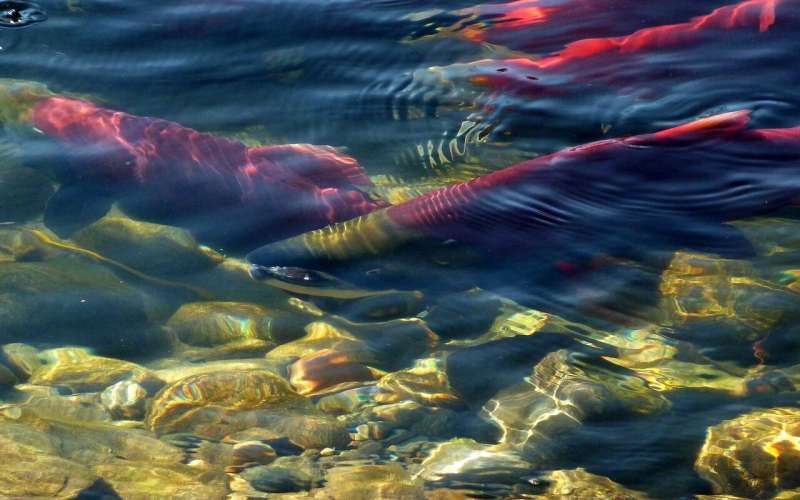
Ancient Indigenous fishing practices can be used to inform sustainable management and conservation today, according to a new study from Simon Fraser University.

There’s a lot we still don’t know about dark matter – that mysterious, invisible mass that could make up as much as 85 percent of everything around us – but a new paper outlines a rather unusual hypothesis about the very creation of the stuff.

Modern humans made several failed attempts to settle in Europe before eventually taking over the continent. This is the stark conclusion of scientists who have been studying the course of Homo sapiens’s exodus from Africa tens of thousands of years ago.

Earth’s first continents, known as the cratons, emerged from the ocean between 3.3 billion and 3.2 billion years ago, a new study hints. This pushes back previous estimates of when the cratons first rose from the water, as various studies suggested that large-scale craton emergence took place roughly 2.5 billion years ago.

Scientists have identified what appears to be a small chunk of the moon that is tracking the Earth’s orbit around the Sun.
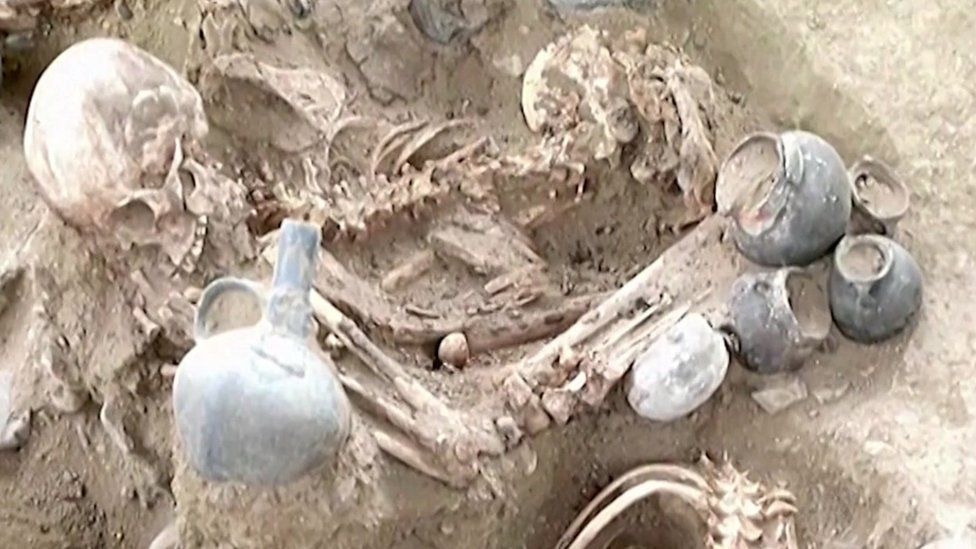
Archaeologists in Peru have uncovered the remains of 25 people in the ancient city of Chan Chan.
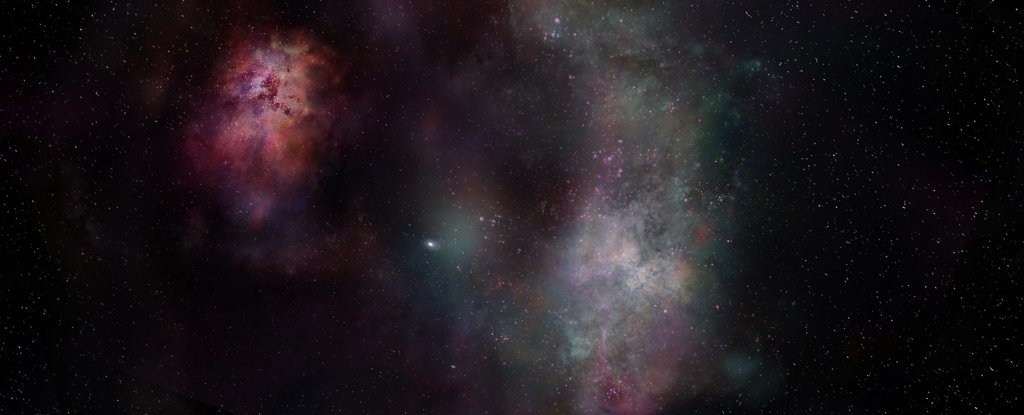
Some of the ingredients necessary for life didn’t take very long to emerge after the Universe winked into existence.

Teeth and skull fragments found in the maze-like recesses of a South African cave fuel debate on how Homo naledi lived—and whether it disposed of its dead.
Image from Animalparty (Wiki Commons)

Traditionally, scientists believed the Iberian hinterland to be a no-man’s land, avoided by Homo sapiens until about 19,000 years ago when the ice sheets of the Last Glacial Maximum—the period when ice sheets were at their greatest extent—retreated. However, recent research has been telling a different story.

The connection between human and dog runs deep. Early signs of domestication date back to 33,000 years ago… The pairing makes for a striking case in coevolution — no other species has been so thoroughly integrated into human society. Dogs are our sentinels and shepherds, hunting partners and cancer detectors. And more importantly, to those of us who have had dogs in our lives, they are our dearest friends.

A new ancestor of modern humans with the potential to rip up the family tree has been tentatively named.

Nearly 50 miles (80 kilometers) of the Chilean coast are covered with oblong fragments of desert glass that researchers who recently studied them say came from a comet’s explosion over the Atacama Desert about 12,000 years ago.
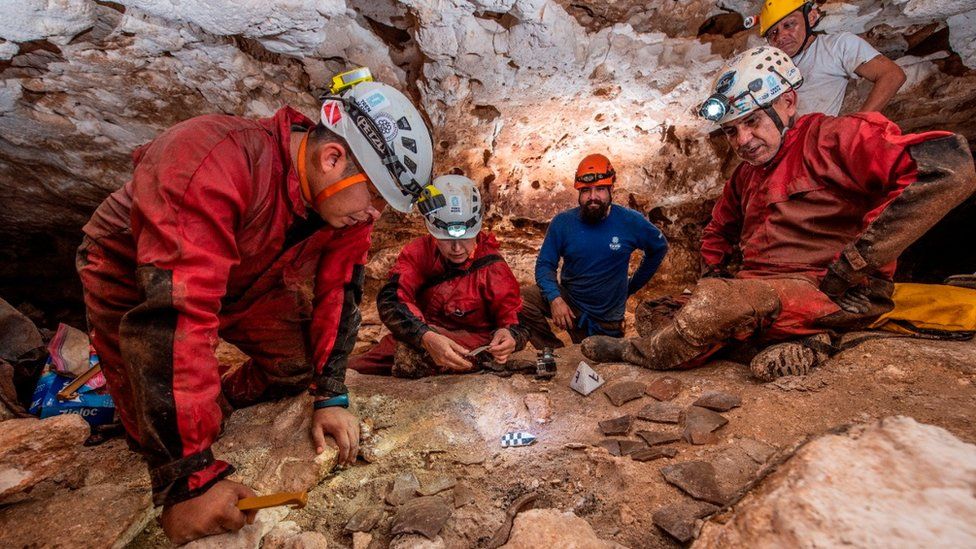
Archaeologists have discovered a wooden Maya canoe in southern Mexico, believed to be over 1,000 years old.

The species lived in Africa about 500,000 years ago, during the Middle Pleistocene age, and was the direct ancestor of modern humans, according to scientists. The name bodoensis derives from a skull found in Bodo D’ar in the Awash River valley of Ethiopia.
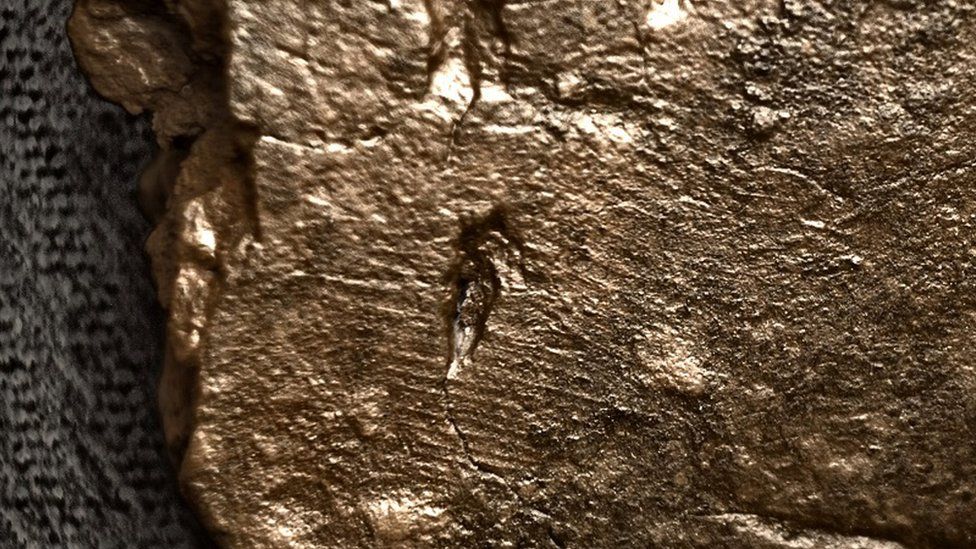
Archaeologists believe fingerprints on fragments of clay found in Orkney were left by experienced potters and their young apprentice 5,000 years ago.








